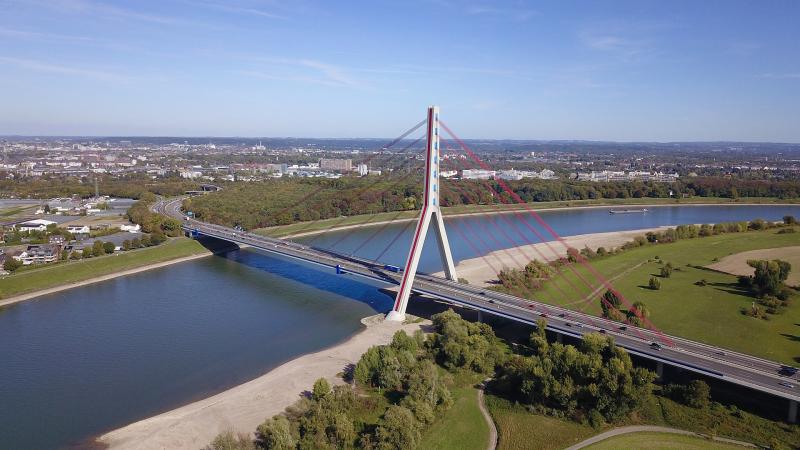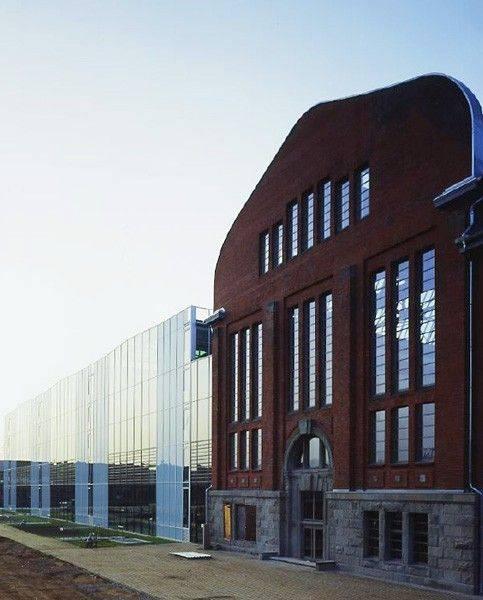Benrather Schloßallee 100-106, 40597 Düsseldorf
Icon legend
![]() This icon indicates an awarded building
This icon indicates an awarded building
![]() This icon indicates a listed building
This icon indicates a listed building
![]() Projects with this logo are on the UNESCO World Cultural Heritage list
Projects with this logo are on the UNESCO World Cultural Heritage list
![]() Project has been converted, renovated or extended
Project has been converted, renovated or extended
x close
![]()
1756-73
Advanced search with more criteria
Total projects: 483

40627 Düsseldorf
Distance: 6.17 km

40223 Düsseldorf
Distance: 7.17 km

40233 Düsseldorf
Distance: 7.96 km
Schloss Benrath was built when late baroque turned into classicism. The change from an expensive court to more modest forms also found expression in court architecture.
The Corps de Logis is the central building of the three-wing Maison de Plaisance Elector Carl Theodor had built by his maitre d’jardin and architect Nicolas de Pigage. The building was finished in 1770 - a Gesamtkunstwerk that combines architecture and nature in an overarching idea and that today is thought to be one of the most beautiful garden palaces of its time.
In the exhibition rooms, guided tours will show visitors how this “summer residence surrounded by green” was used to escape strict court ceremonies. The one-storey-like main building has, in fact, four storeys. A clever arrangement inside and the full utilisation of the kerb roof provides the palace with more than 80 rooms. The centre is the domed hall, stretching along the building’s full height.
The palace grounds’ area is 612,000 sq m. On the occasion of the EUROGA 2002plus, a number of parts of the grounds were restored so that visitors could not only promenade in the French garden of the Electress like in the 18th century but also visit the former kitchen garden, the “Potager’, to get information on how the palace’s kitchen was supplied with herbs and fresh vegetables. The reconstructed palace garden behind the “Orangerie”, the extant part of the old moated castle, conveys a vivid image of the design of such gardens in the second half of the 17th century. Parts of the grounds, explained by exhibits and texts in the Museum für Europäische Gartenkunst, can be experienced in their natural environment with all senses.
Author: Stiftung Schloss und Park Benrath;
Editorial staff baukunst nrw
Text last changed on 17.10.2007
Categories:
Architecture » Public Buildings » Palaces/Castles/fortifications